A VERY RARE 1969 AMC AMX WITH 4SPEED TRANSMISSION AND IN GREAT ORIGINAL CONDITION
EXTREMELY COLLECTIBLE AND HARD TO FIND AMC MUSCLE CAR
This is a really beautiful 1969 AMC AMX with manual transmission and with the powerful 390 cu inch engine.
The car is in very good condition inside and out. It runs and shifts perfectly. No issues to mention really. It is all straight and very presentable. This car has been in my muscle car collection since 2009. It is registered in California. I purchased the car from another car collector. Other than occasional circumstances of being driven in sunny days it has been stored in my indoor and air conditioned facility. It has been regularly maintained and moved around. The car is in great condition, lease refer to photos. It starts and idles perfectly, t runs like a champ and shifts effortlessly. This car is really a fun car to drive.
Important: Please don't ask me what the reserve is while the auction is ongoing. I will not reveal the reserve. If you have an offer to make please go ahead and I will respond.
Shipping is buyer's responsibility. I do not offer shipping. You can go and check your options via ebay and/or internet for a carrier or transportation company of your choice.
The car is located in Northern California in Newark.
As far as I know, verything operates the way they should on the car.
Here is some general information on AMX:
AMC AMX
The AMX name originates from the "American Motors eXperimental" code used on a concept vehicle and then on two prototypes shown on the company's "Project IV" automobile show tour in 1966. One was a fiberglass two-seat "AMX", nd the other was a four-seat "AMX II". Both of these radically styled offerings reflected the company's strategy to shed its "economy car" image and appeal to a more youthful, erformance-oriented market.
The original AMX full-scale models were developed in 1965 by AMC's advanced styling studios under the direction of Charles Mashigan. The two-seat AMX was "big hit on the auto show circuit in 1966" and featured a rumble seat that opened out from the rear decklid for extra passengers called a "Ramble" seat. AMC executives saw the opportunity to change the consumers' perception of the automaker from Romney's economy car image, o the realities of the new marketplace interested in sporty, erformance oriented vehicles. Robert B. Evans requested a car like the AMX to be put into production quickly.
Two simultaneous development programs emerged for a production car: one for a modified Javelin and another for a completely new car bodied in fiberglass. The first approach was selected allowing AMC to use its existing technology and unibody manufacturing expertise to make fairly inexpensive modifications to the Javelin approximating the prototype's styling and proportions. The automaker could turn out steel bodies in large numbers, o it rejected developing plastic (or fiberglass) bodies because those are intended only for low-production models. The first fully operational unit debuted as part of AMC's AMX project in 1966. The once-"frumpy" automaker jumped on the "pony car bandwagon" with its "attractive Javelin" and soon introduced the "unique" AMX featuring a design where "hoods didn't come any longer, or decks any shorter".
Vic Raviolo, reviously responsible for the Lincolns that raced in the Carrera Panamericana during the 1950s was involved with engineering AMC's new sports-car-type coupe. The AMX was the first steel-bodied, wo-seat American performance car since the 1957 Thunderbird, ord's original two-seater having long since evolved into a four-seat personal luxury car. The AMX was also the only mass-produced, omestic two-seater to share the market with Chevrolet’s Corvette since the 1957 Thunderbird. With a short 97in (2,464mm) wheelbase, he AMX's direct competition was the one-inch longer (98 inches (2,489mm) Chevrolet Corvette. The AMX's manufacturer's suggested retail price (MSRP) was US$3,245 (US$22,082 in 2015 dollars), early 25% below and over $1,000 less than the Corvette's price tag.
The AMX was introduced to the press at the Daytona International Speedway on 15 February 1968; just over four months after the Javelin went on sale. In the demonstrations on the race track, he new AMXs ran at speeds up to 130mph (209km/h). American Motors' group vice president, ic Raviolo, escribed the AMX as "the Walter Mitty Ferrari." The AMX was designed to "appeal to both muscle car and sports car enthusiasts, wo camps that rarely acknowledged each other's existences." The problem was the "tire-melting" acceleration of the two-seater made it "a quick car that handled like a sports car, onfusing the buying public." Automotive journalist Tom McCahill summed up, the AMX is the hottest thing to ever come out of Wisconsin and ... you can whip through corners and real hard bends better than with many out-and-out sports cars."
1969 AMC AMX
The AMX's full second model year saw only slight changes, xcept for a $52 increase in its base price. The five-spoke Magnum 500 steel road wheels were no longer chrome plated, ut now came with a stainless steel trim ring. The racing stripes were now available in five colors. The interior featured a revised instrumentation with the 0–8000rpm tachometer moved to match the speedometer that was now calibrated to 140mph (230km/h). Interior door panels were revised, arpeting was upgraded, ew leather upholstery was optional, nd the gas pedal became suspended. Later production cars received a hood over the instruments in front of the driver. Trunk capacity was 9.7 cubic feet (275l).
Starting January 1969, ll manual transmission AMXs came with a Hurst floor shifter. The center console-mounted three-speed "Shift-Command" automatic remained optional with "1", 2", nd "D" forward settings. The "D" mode was fully automatic, ut the driver could shift manually through all three gears by starting out in the "1" setting for first-gear with no upshift, nd the "2" setting for second-gear with no upshift.
A “Big Bad” paint option for $34 became available starting in mid-1969. The neon brilliant blue (BBB), range (BBO), nd green (BBG) exteriors included color-matched front and rear bumpers, s well as a special slim bright lower grille moulding for the front bumper and two vertical rubber-faced painted bumper guards for the rear. The factory-painted 1969 AMXs were 195 in BBB, 85 in BBO, nd 283 in BBG.
Popular Mechanics wrote that the 1969 "AMX preserves the status quo this year, eing virtually unchanged, emains an absolute delight to drive.
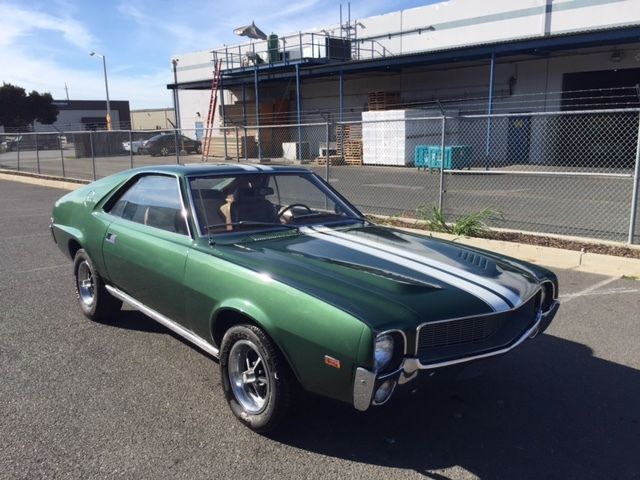
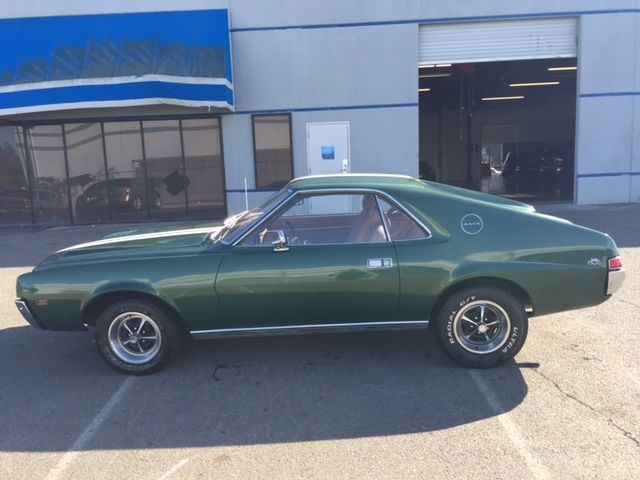
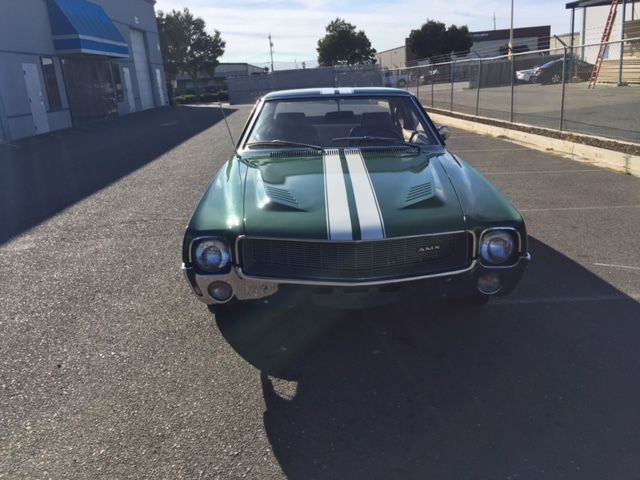
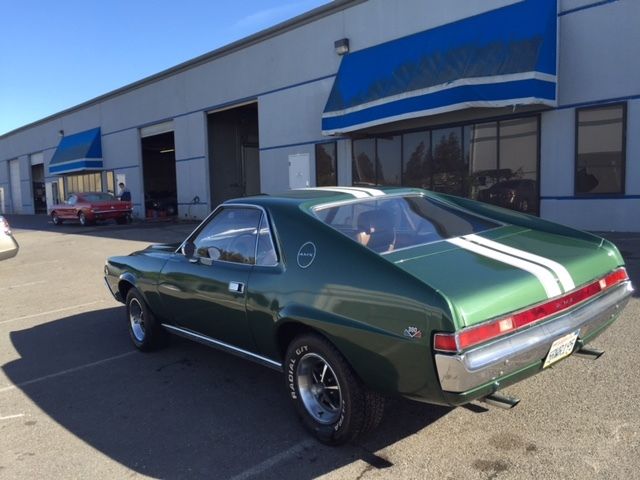
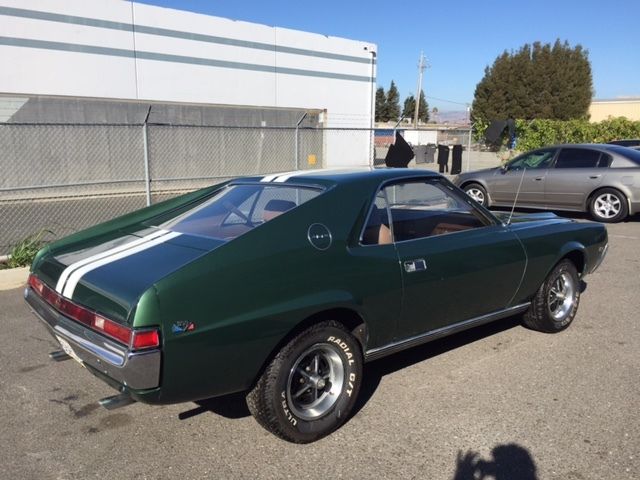
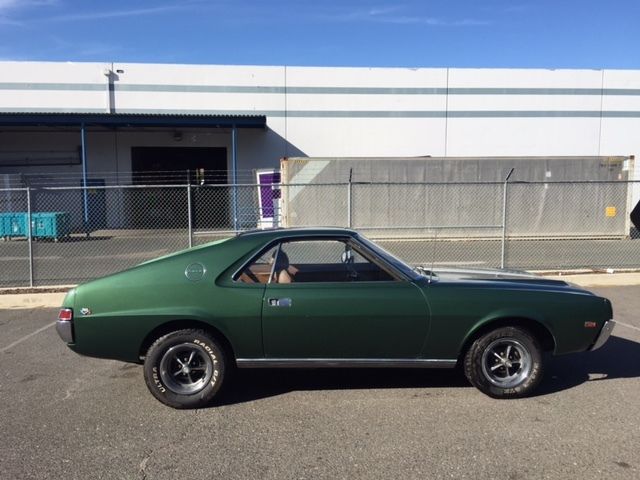
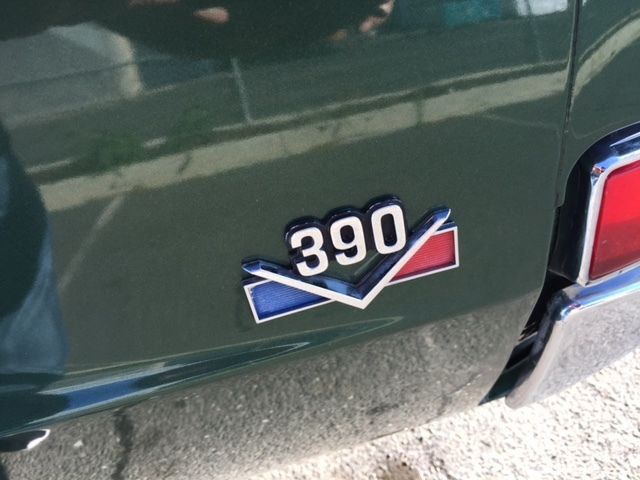
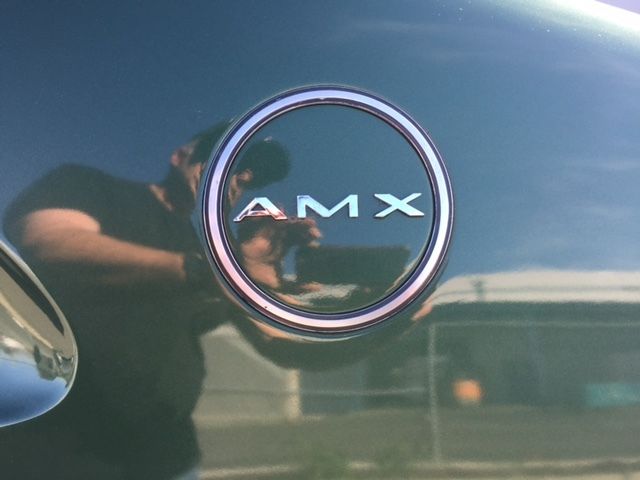
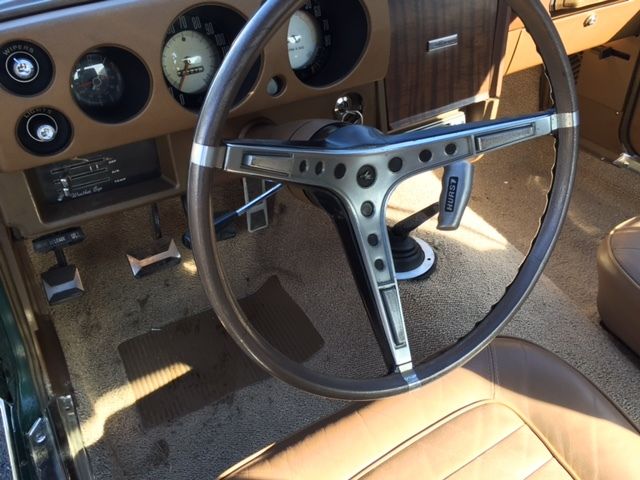
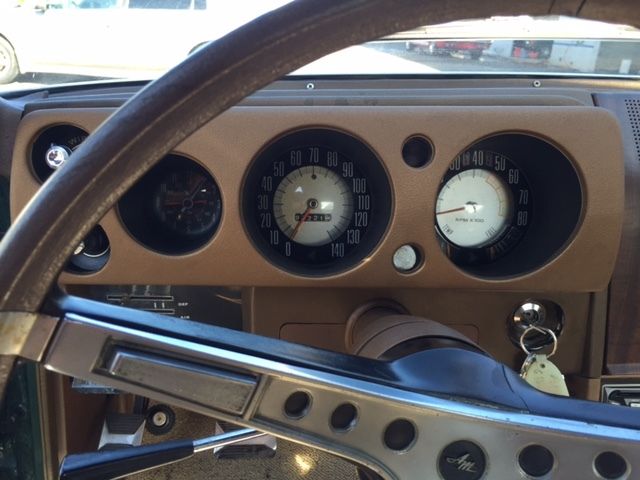
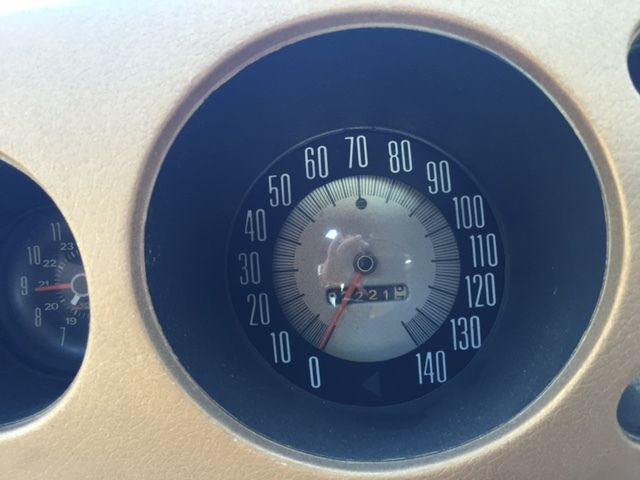
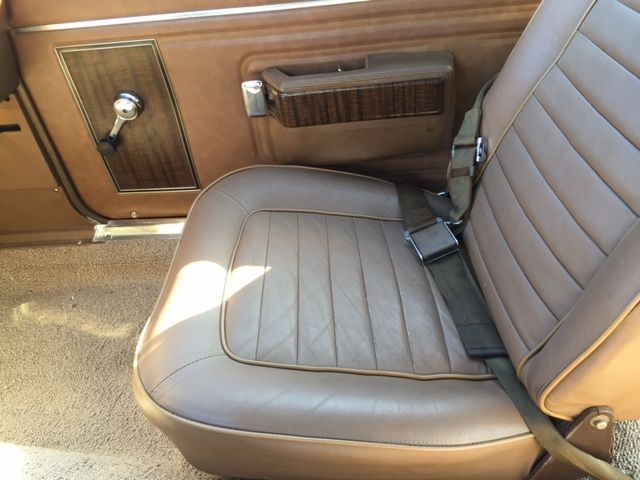
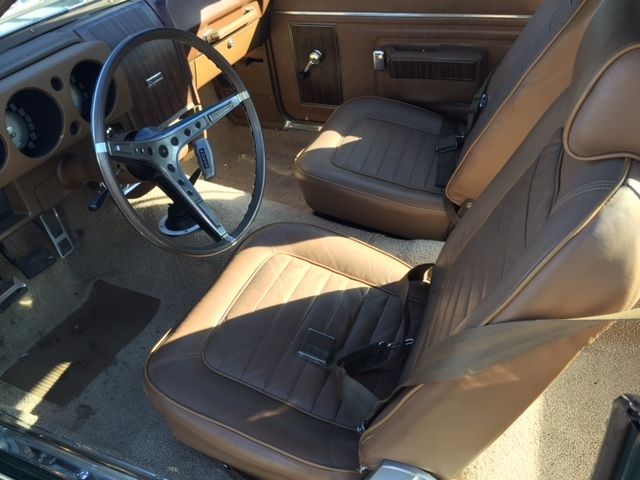
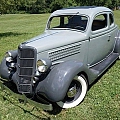 RESTORED STEEL BODY FLATHEAD V8 NEW INTERIOR RUMBLE SEAT DRIVES GREAT MAKE OFFER
RESTORED STEEL BODY FLATHEAD V8 NEW INTERIOR RUMBLE SEAT DRIVES GREAT MAKE OFFER
 1969 Buick GS 400 V8 Skylark 69 Grand Sport Muscle Car Air Condition Bucket Seat
1969 Buick GS 400 V8 Skylark 69 Grand Sport Muscle Car Air Condition Bucket Seat
 1969 AVANTI II ORIGINAL 300hp FACTORY Corvette Engine TRUE AMERICAN SPORTS CAR!
1969 AVANTI II ORIGINAL 300hp FACTORY Corvette Engine TRUE AMERICAN SPORTS CAR!
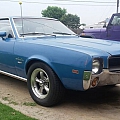 RUST FREE 1968 Javelin AMC SST American Motors AMX 1969 1970 Hot Rod
RUST FREE 1968 Javelin AMC SST American Motors AMX 1969 1970 Hot Rod